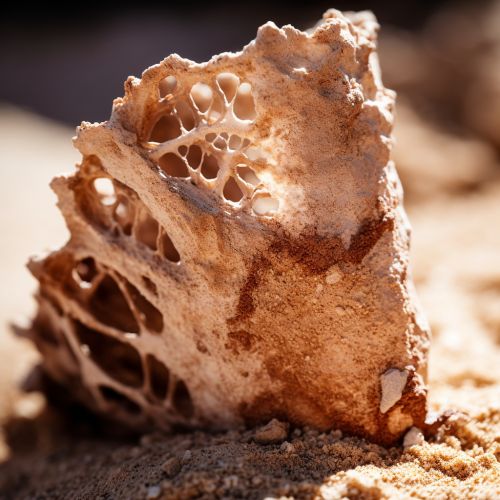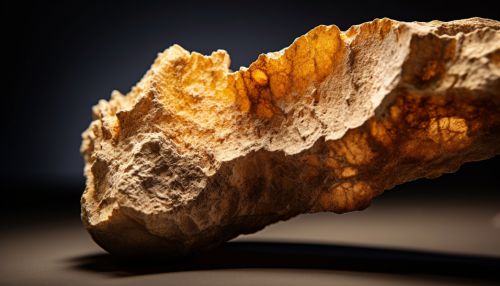Ancient DNA and Paleogenomics
Introduction
Ancient DNA (aDNA) refers to the genetic material extracted from archaeological or historical specimens. It has provided a unique window into the past, allowing scientists to explore the genetic makeup of extinct species, trace human migration patterns, and investigate the genetic basis of disease. Paleogenomics, a subfield of genomics, involves the study of the structure, function, evolution, and mapping of the genomes of extinct organisms.
Ancient DNA
Ancient DNA is typically characterized by degradation, chemical modifications, and contamination from modern organisms. The degradation of aDNA is primarily due to the activity of water, oxygen, and microbes. The extraction and analysis of aDNA require specialized techniques and stringent precautions to prevent contamination.
Extraction
The extraction of aDNA involves several steps, including the physical and chemical breakdown of the sample, the removal of contaminants, and the isolation of the DNA. The methods used for extraction depend on the type of sample and its state of preservation. For example, the extraction of aDNA from bones and teeth typically involves the use of a rotary tool to remove the surface layer, followed by the pulverization of the sample and the use of chemical reagents to extract the DNA.
Analysis
The analysis of aDNA involves the use of various molecular biology techniques, such as polymerase chain reaction (PCR) and next-generation sequencing. PCR is used to amplify specific regions of the DNA, while next-generation sequencing allows for the sequencing of entire genomes. The data obtained from these techniques are then analyzed using bioinformatics tools to identify genetic variants and reconstruct phylogenetic relationships.
Paleogenomics
Paleogenomics involves the study of the genomes of extinct organisms. It has provided insights into the evolution of species, the relationships between extinct and extant organisms, and the genetic basis of phenotypic traits.
Genome Sequencing
The sequencing of ancient genomes involves the use of next-generation sequencing technologies, which allow for the sequencing of billions of DNA fragments in parallel. The data obtained from sequencing are then assembled into a complete genome using bioinformatics tools. The assembly of ancient genomes is challenging due to the degradation of the DNA and the presence of contamination.
Genome Analysis
The analysis of ancient genomes involves the comparison of the ancient genome with the genomes of extant organisms. This allows for the identification of genetic variants that are unique to the ancient organism, as well as the reconstruction of the organism's phylogenetic relationships. The analysis of ancient genomes has also provided insights into the genetic basis of phenotypic traits, such as the coloration of extinct animals.
Applications
The study of ancient DNA and paleogenomics has numerous applications in various fields, including archaeology, anthropology, and medicine.
Archaeology
In archaeology, the analysis of aDNA has been used to trace human migration patterns, investigate the domestication of plants and animals, and study the genetic diversity of past populations. For example, the analysis of aDNA from ancient human remains has provided insights into the peopling of the Americas and the spread of farming in Europe.
Anthropology
In anthropology, the study of aDNA has been used to investigate the relationships between different human groups, as well as the genetic basis of human traits. For example, the analysis of aDNA from Neanderthal remains has provided insights into the interbreeding between Neanderthals and modern humans, as well as the genetic basis of Neanderthal traits.
Medicine
In medicine, the study of ancient DNA has been used to investigate the genetic basis of disease. For example, the analysis of aDNA from ancient human remains has provided insights into the evolution of pathogens, such as the bacterium that causes tuberculosis.
Challenges and Future Directions
The study of ancient DNA and paleogenomics faces several challenges, including the degradation of the DNA, the presence of contamination, and the complexity of the data analysis. However, advances in technology and methodology are continually improving the quality and quantity of data that can be obtained from ancient samples.
The future of ancient DNA and paleogenomics is likely to involve the analysis of increasingly older samples, as well as the integration of genomic data with other types of data, such as archaeological and paleontological data. This will provide a more comprehensive understanding of the past, shedding light on the evolution of species, the history of human populations, and the genetic basis of disease.
See Also


